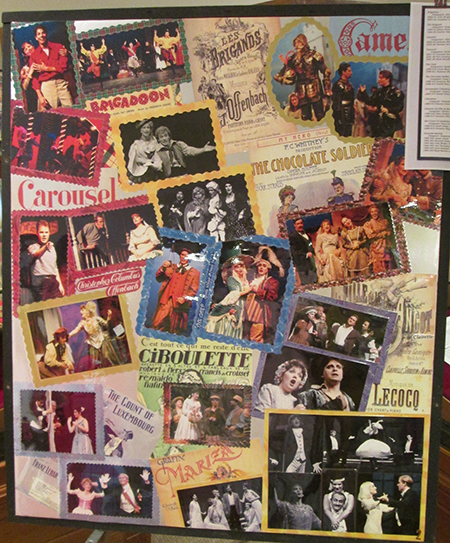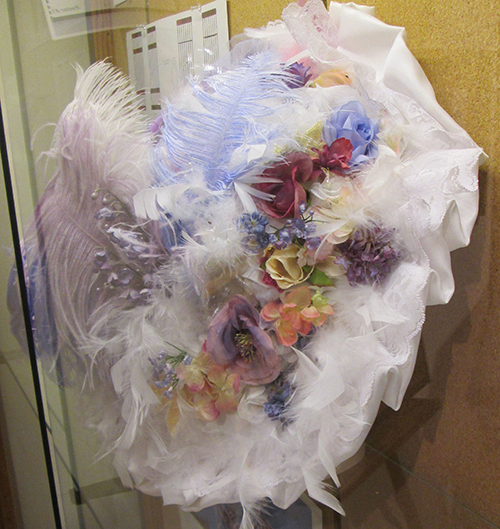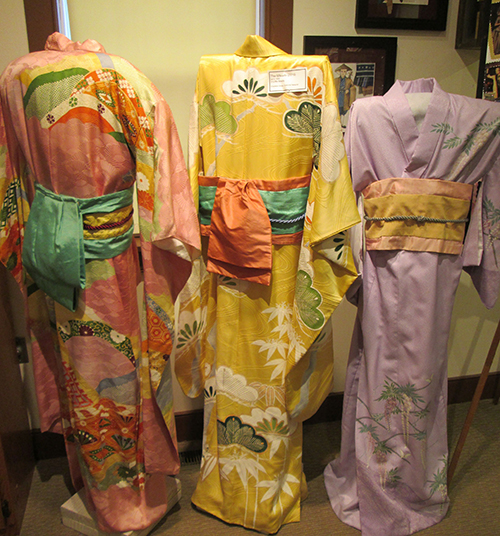by Kelly Ferjutz
Special to ClevelandClassical.com

Oh, no. There are numerous meetings with the other technical staff of the production in addition to Costume Design. Among these are Set and sometimes Prop Design, Lighting Design, more rarely Sound Design, plus the Stage Director, Choreographer, Stage Manager and Conductor. All of these people have an interest in how the production will both look and sound to an audience. Depending on the size of the show, these meetings may begin as much as a year in advance of opening night.
Obviously, I Do! I Do! (the famous two-person, one-set musical of 1966) isn’t nearly as demanding or complex as Phantom of the Opera, but either of them could easily have been ruined by a lack of proper attention to the necessities. For the former, that meant two nightgowns and a huge bed. For the latter, it seemed like half the population of Paris was onstage at times.
Or, think of Cats. Could any costumes ever have been more important than for this production? Well, maybe for Hair, which was more a case of absence of costumes.
Because most operettas take place in other countries and eras, costumers become perhaps the most important of the technical departments. First of all, the Costume Designer must understand the complexities of the required performance for each actor.
The color palette used by the design team also provides many details that might otherwise require words to explain. There are ways to use a color without really using it. Think about the immense variety of shades in the red family, for instance. Is the setting interior or exterior? Bright and sunny, or gray and gloomy? Is the action to take place in a palace or a stable? If it’s in the great outdoors, is it rainy, snowy, or sunny?

Individual sensibilities must also be taken into consideration. Is the actor allergic to any fabrics? Hopefully not a really necessary one. What about color, which is often very personal, and can affect the attitude of the wearer. Body style, of course, is also very important.
Although these questions cross all the dramatic boundaries, consider for a moment the location of the productions staged by Ohio Light Opera this season. Beginning with The Pajama Game, set in Iowa in the early 1950s, the next show was set in mid-depression Long Island, NY, normally an enclave of wealthy folks, but not necessarily this time around. From there we found ourselves in Paris in the late ‘20s, and Candide took us on a mixed-up time-travel venture to numerous lands, first backwards then forwards again.

Imagine trying to clothe 40 singers and dancers of varying sizes and stature in such a variety of styles, but without those costumes, the enjoyment level of the audience members would drop seriously.
Nearly every costume is built new for each OLO production — not all, of course, because some of the cast return each year, and a costume might be recycled by the simple addition of lace or fringe. Men’s costumes are generally easier. What man isn’t immediately gorgeous in a tuxedo?

Published on ClevelandClassical.com August 28, 2018.
Click here for a printable copy of this article



